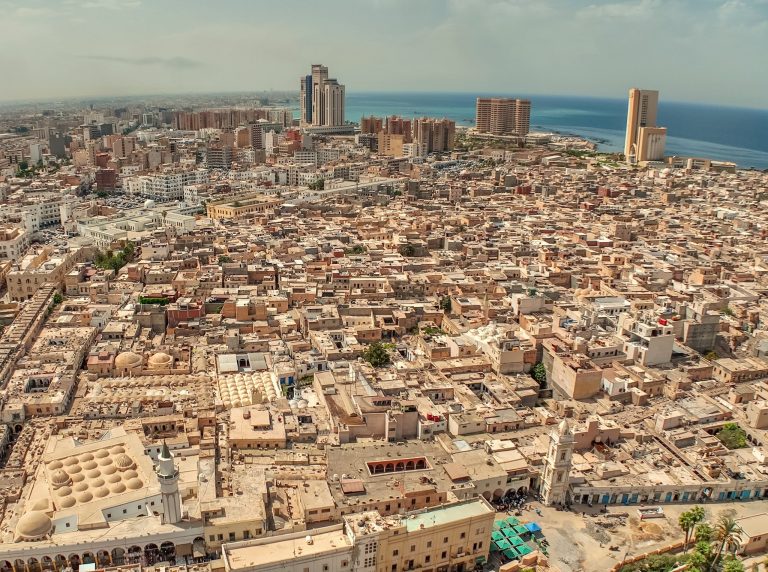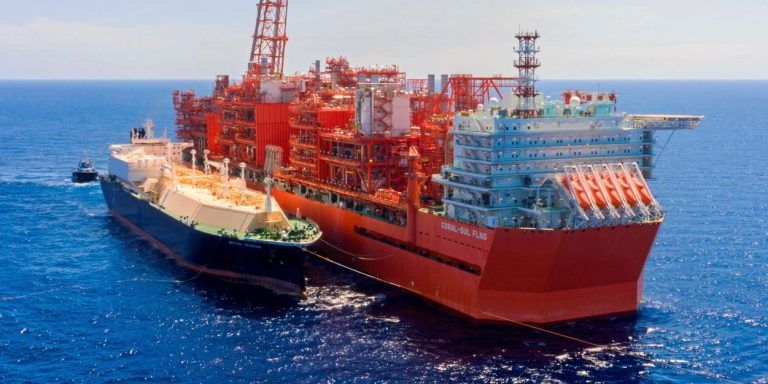Libya’s vast mineral wealth, often overshadowed by its oil reserves, presents a major opportunity for economic diversification. With significant deposits of iron ore, gold, uranium, and other strategic minerals, the mining sector is poised for growth. However, unlocking this potential requires tackling infrastructure challenges, regulatory hurdles, and sustainability concerns.
From our offices in Tripoli, Libya, Qabas provides expert support across the Libyan mining sector, from securing mining permits and risk management to community engagement and environmental assessments. We tailor our services to the local dynamics, ensuring projects are efficient, sustainable, and strategically aligned for growth.
This article provides a brief overview of Libya’s mining opportunities. For more in-depth information or tailored consulting services, don’t hesitate to reach out to us.
Table of Contents
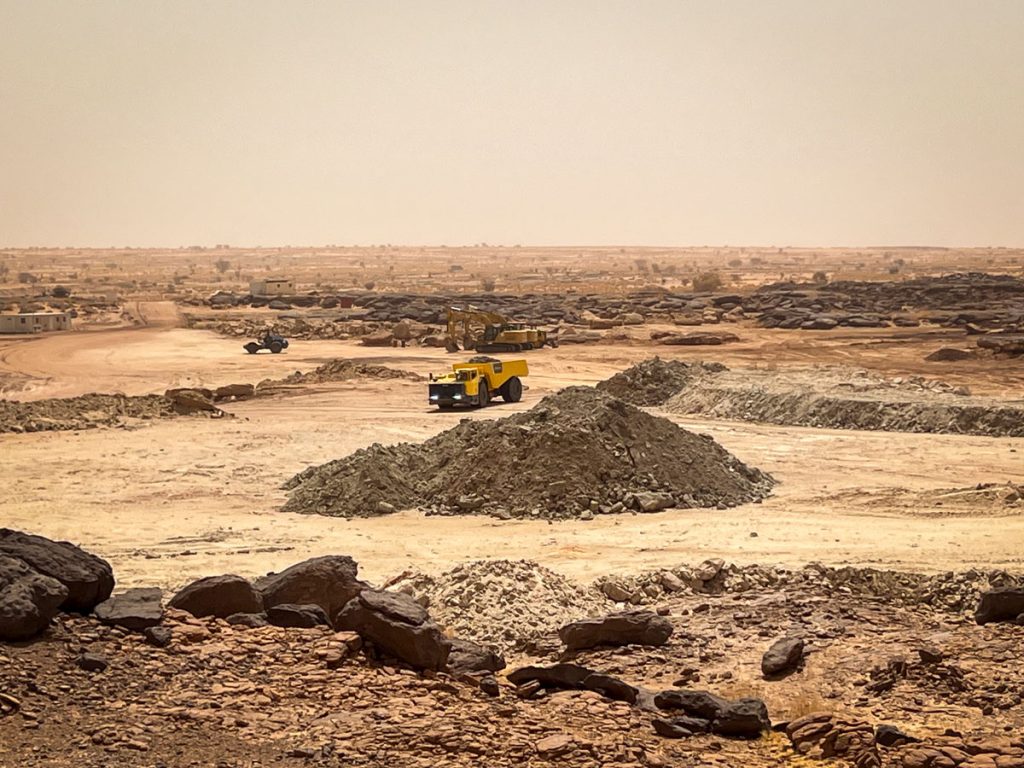
Overview of Mining in Libya
The mining sector in Libya remains underdeveloped despite the country’s vast mineral wealth. Libya is home to significant deposits of marble, copper, gold, gypsum, iron oxide, potash, magnetite, sulphur, sand, and silica. However, the potential for large-scale extraction and commercialisation is still largely untapped.
Infrastructure is one of the most pressing challenges. The absence of extensive transport networks and a reliable energy supply severely hampers the efficient extraction and distribution of resources. Many mineral-rich areas are located in remote and difficult-to-access regions, making large-scale operations logistically complex and costly.
The regulatory framework further constrains the sector’s growth. Mining regulations in Libya lack clarity and consistency, creating an uncertain investment climate. Ambiguities in the legal system deter potential international investors and complicate resource management, while environmental concerns and sustainability practices remain underregulated.
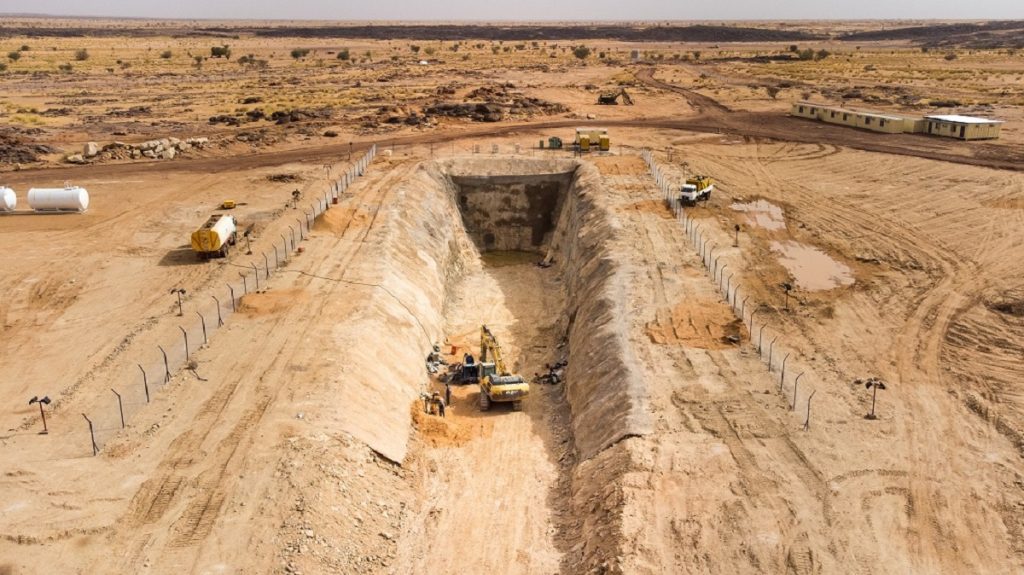
Export opportunities are similarly limited by logistical inefficiencies. Despite Libya’s strategic proximity to European and North African markets, the lack of streamlined supply chains and export infrastructure restricts the country’s ability to fully leverage its mineral wealth. Meeting international standards for quality and sustainability poses additional challenges.
The absence of modern mining technologies and limited collaboration with international mining firms have also impeded sector development. Current practices often rely on outdated methods, and the expertise needed to adopt more efficient and environmentally friendly techniques remains scarce. As a result, the transformation of Libya’s rich mineral resources into a robust economic pillar continues to face significant hurdles.
Key Mining Resources in Libya
Libya possesses a rich and diverse array of mineral resources, many of which remain largely untapped and hold significant potential for development. These resources are spread across various regions of the country, offering opportunities for extensive extraction and economic growth.
The following is an overview of Libya’s mineral resources, outlining their extraction methods, locations, and key details:
| Mineral | Location | Extraction Method | Additional Details |
|---|---|---|---|
| Basalt | Nafusa Mountains, central regions | Quarrying | Extensive reserves; high accessibility; potential for immediate operational scaling. |
| Bentonite | Western desert, coastal plains | Surface mining | Large deposits; strategically positioned for industrial exploitation; low-cost extraction potential. |
| Clay and Kaolin | Sebha, coastal cities | Open-pit mining | Premium-grade quality; proximal to transport infrastructure; viable for extensive industrial output. |
| Dolomite | Western mountains, Al-Bayda | Open-pit mining | Significant volumes; accessible terrain; minimal development barriers noted. |
| Gold | Ghat, southern desert regions | Small-scale mining | Documented rich veins; exploratory data suggests high yield potential pending further assessment. |
| Gypsum | Benghazi, Sirte | Open-pit quarrying | Large-scale reserves; geographically advantageous positioning near coastal zones. |
| Iron Ore | Southern regions, including Tarout and Wadi Ash-Shati | Surface mining | High-grade deposits; strategic investment needed for transport infrastructure to leverage resource value. |
| Magnesium | Northern coastal areas, desert landscapes | Conventional mining | Abundant deposits; optimal for strategic industrial integration and scaling. |
| Manganese | Jebel Uweinat, southern regions | Exploration drilling | Underexploited reserves; preliminary findings indicate substantial economic interest. |
| Marble | Misrata, central and northern regions | Quarrying | Premium-quality material; established supply chain potential; export market insights required. |
| Potash | Sabha, Murzuq Basin | Evaporite mining | Strategic alignment with global agriculture trends; further resource quantification necessary. |
| Quartz | Al-Jabal al-Akhdar, Wadi al-Ajal | Mining operations | High-purity data recorded; advanced mapping required to maximise extraction efficiency and industrial use. |
| Sand and Limestone | Coastal plains, Ajdabiya, Al-Kufra | Quarrying | Massive deposits; logistical advantages for regional and international projects. |
| Silicified Limestone | Al-Marj, Tobruk | Quarrying | High-grade reserves; logistics analysis recommended for efficient extraction planning. |
| Uranium | Murzuq Basin, Al-Qatrun | Exploration drilling | Verified reserves; subject to regulatory and safety compliance; strategic geopolitical interest. |
| Zinc and Lead | Northeastern regions | Exploration drilling | Strong potential; strategic exploration investments needed to assess full economic feasibility. |
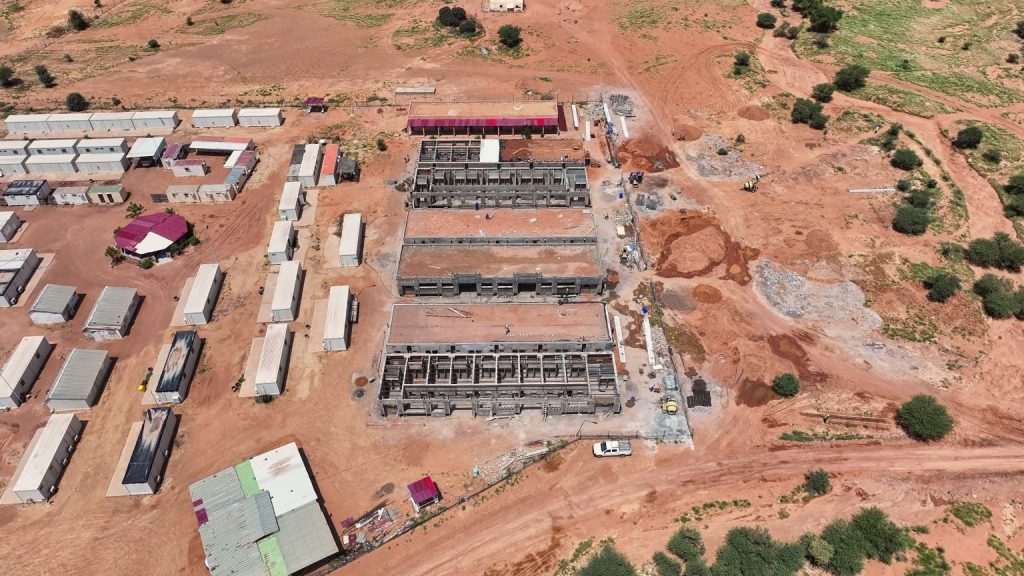
Economic Impact
Mining in Libya presents a significant opportunity for economic diversification beyond oil, given its array of untapped minerals like marble, copper, and gypsum.
Contribution to the National Economy
Mining offers potential to expand our GDP by tapping into mineral wealth. Minerals like iron ore and gold could significantly boost revenues through export activities. Libya’s strategic position near European and North African markets further enhances its export potential, fostering economic growth.
This sector could reduce dependency on oil, stabilising our economic landscape and increasing resilience against oil market fluctuations. The production and export of minerals such as silica and potash could become key contributors to national income.
Employment Opportunities
Mining investment creates new job prospects, essential for Libya’s socioeconomic development. Positions range from extraction and processing roles to regulatory and environmental management roles. Foreign partnerships offer skills transfer, improving local workforce capabilities. Infrastructure growth to support mining operations also generates construction jobs, further supporting regional development. By increasing employment in Libya, the mining sector helps alleviate unemployment, fostering a stable society. These roles empower local communities by providing stable income and economic participation.
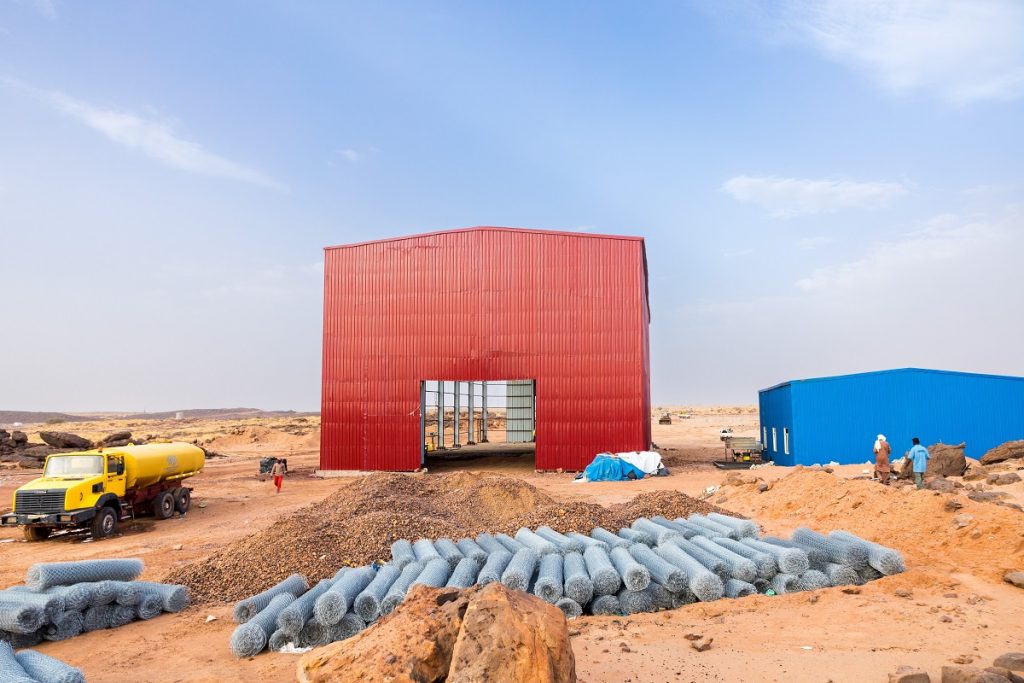
Environmental Concerns
Mining operations in Libya present several environmental challenges that necessitate careful attention and action. Pollution and waste management along with sustainable practices are critical aspects requiring effective strategies to mitigate adverse effects.
Pollution and Waste Management
Pollution from mining activities stems largely from excavation processes that release dust and emissions. If not managed, this can harm local air quality and ecosystems. Waste, including tailings and overburden, poses risks to soil and water bodies. Contamination can occur if heavy metals and toxic substances leach into water sources. Implementing robust waste management systems and dust suppression measures is crucial to protecting surrounding environments.
Sustainable Practices
Adopting sustainable practices in Libya’s mining sector ensures environmental preservation and long-term resource availability. Techniques such as reduced water usage through efficient recycling systems and the use of cleaner technologies reduce environmental footprints. Rehabilitating mined land by restoring native vegetation further supports ecological balance. It’s vital for regulatory frameworks to include sustainability criteria, facilitating both environmental conservation and economic growth.
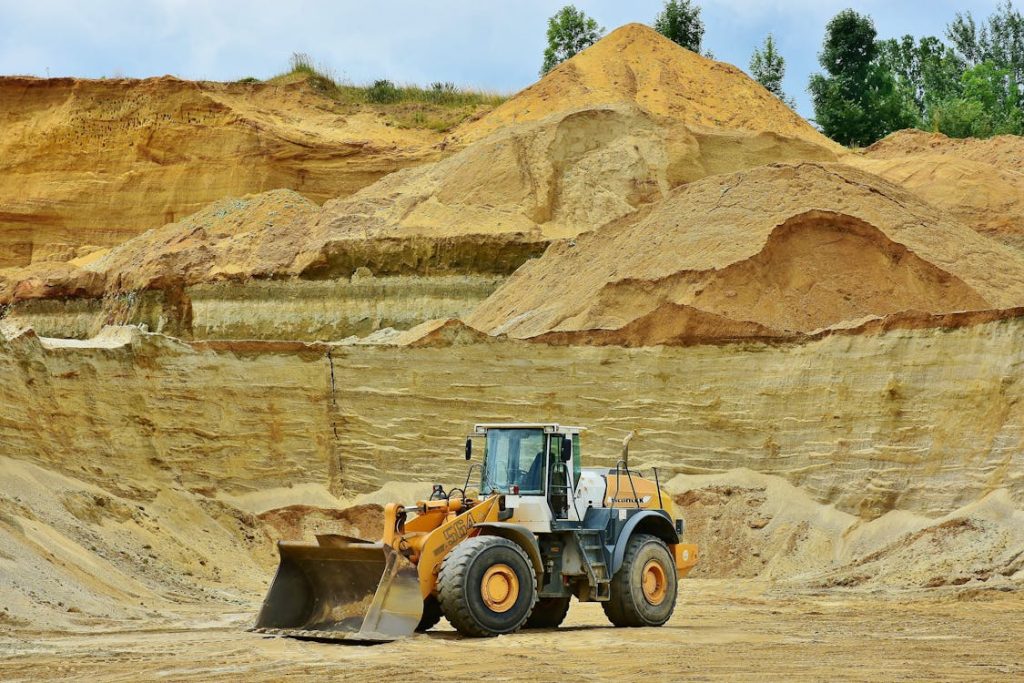
Challenges and Opportunities
Mining in Libya presents both challenges that need addressing and opportunities ripe for exploitation. Understanding these dynamics is key to unlocking the sector’s full potential.
Regulatory Framework
Libya’s regulatory framework for mining is evolving, yet significant gaps persist, hindering sectoral growth. Clear and coherent regulations are essential for attracting foreign investors and ensuring environmentally sustainable practices. Current laws lack guidance on issues such as land use, environmental standards, and investment incentives, which can deter potential investors. Collaborative efforts between the government and international bodies can enhance regulatory clarity. By adopting best practices from established mining jurisdictions, Libya can create a stable and attractive environment for investment.
Investment Potential
Investment potential in Libya’s mining sector is substantial, given its rich mineral deposits and strategic location. With minerals like marble, copper, and gold, there’s a strong foundation for revenue generation through exports.
The strategic proximity to European and North African markets enhances export logistics, making Libyan minerals more competitive. Furthermore, developing infrastructure, including transport networks and energy supply systems, can lower operational costs and increase attractiveness to investors.
Engaging with international companies can bring technical expertise, boost local capabilities, and facilitate large-scale operations that enhance production efficiency. These partnerships promise skill transfers and technological advancements, propelling the mining sector towards significant contributions to Libya’s economy.
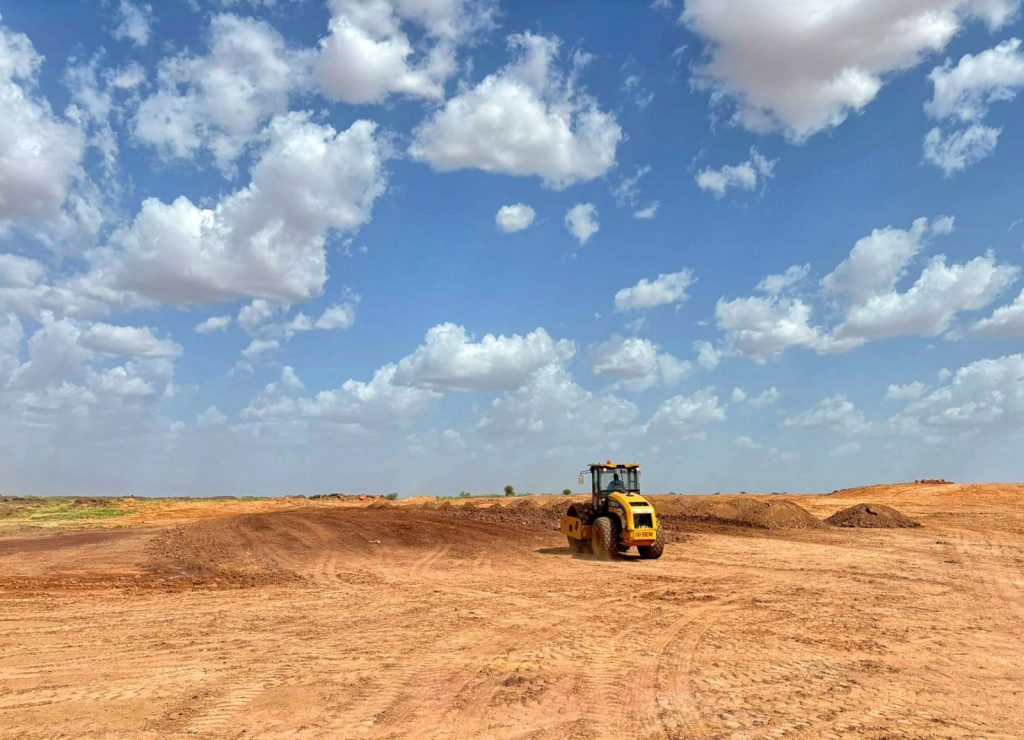
Conclusion
As Libya stands on the threshold of a new economic chapter, the mining sector emerges as a beacon of hope for diversification and growth. Capitalising on the country’s abundant mineral resources requires strategic investments, strong regulatory frameworks, and a commitment to sustainability. The collaboration between local entities and international mining experts will be key to unlocking the full potential of this sector.
The future of mining in Libya is intertwined with the nation’s broader aspirations for stability and prosperity. By addressing infrastructure gaps, enhancing export logistics, and fostering skill development, Libya can transform its mineral wealth into a robust economic engine. A careful balance between development and environmental stewardship will ensure that the benefits of mining reach all Libyans, laying the groundwork for a resilient and diversified economy.
Qabas is ready to support your mining ambitions from A to Z, offering local Libyan expertise to turn potential into progress. Contact us today to start transforming opportunities into tangible success.
Frequently Asked Questions
What types of minerals are found in Libya?
Libya has a wide variety of mineral resources, including basalt, bentonite, clay and kaolin, dolomite, gold, gypsum, iron ore, magnesium, manganese, marble, potash, quartz, sand and limestone, silicified limestone, uranium, and zinc and lead.
Are Libya’s mineral resources fully developed?
No, most of Libya’s mineral resources remain largely untapped. There is significant potential for development, but the mining industry requires more investment and infrastructure to realise these opportunities.
Where is basalt found in Libya, and how is it extracted?
Basalt is located in the Nafusa Mountains and central regions. It is extracted through quarrying, which is ideal for construction materials. The rock is durable, widespread, and easy to extract, making it useful for infrastructure projects.
What is the significance of Libya’s bentonite reserves?
Bentonite reserves are found in the western desert and coastal plains. They are extracted through surface mining and are easily accessible. Bentonite is valuable for drilling fluids and various industrial processes, offering prime development potential.
What are the primary locations for clay and kaolin in Libya?
High-quality clay and kaolin deposits are located in Sebha and coastal cities. These are extracted using open-pit mining methods and are crucial for ceramics and construction.
Where is dolomite found in Libya, and what are its uses?
Dolomite is located in the western mountains and Al-Bayda. It is mined through open-pit mining, and the deposits are easily accessible. Dolomite is used in construction and various industrial applications.
Does Libya have gold deposits?
Yes, gold is found in Ghat and various southern desert regions. Current extraction is small-scale, but there is potential for industrial-scale development. Geological surveys are needed to further assess these reserves.
What are the gypsum reserves in Libya used for?
Gypsum deposits are significant and found in Benghazi and Sirte. They are extracted through open-pit quarrying and are crucial for cement and plaster production, with easy access to major coastal areas.
Where are the largest iron ore deposits in Libya?
Iron ore deposits are concentrated in the southern regions, including Tarout and Wadi Ash-Shati. They are extracted through surface mining, but infrastructure development is needed for efficient extraction and transportation.
Is there magnesium in Libya?
Yes, magnesium resources are found in the northern coastal areas and desert landscapes. Conventional mining methods are used, and these abundant resources have potential for industrial development.
What is the status of manganese mining in Libya?
Manganese deposits are located in Jebel Uweinat and southern regions. They are currently underexplored, but there is potential for future mining with strategic exploration.
Where is marble found, and why is it important?
Marble is available in Misrata and central to northern regions. It is quarried directly from high-quality reserves and is known for its unique coloration and export value, particularly in construction.
What is the potential for potash mining in Libya?
Potash deposits are located in Sabha and the Murzuq Basin. They are associated with salt flats and evaporite formations, with further exploration needed to evaluate their agricultural value.
Are there quartz resources in Libya?
Yes, high-grade quartz deposits are found in Al-Jabal al-Akhdar and Wadi al-Ajal. Mining operations are suitable for industrial use, and detailed mapping is needed to optimise extraction.
How abundant are sand and limestone in Libya?
Sand and limestone are abundant in the coastal plains, Ajdabiya, and Al-Kufra. These materials are extracted through simple quarrying and are crucial for construction, with minimal environmental impact.
Where is silicified limestone located in Libya?
Silicified limestone is found in Al-Marj and Tobruk. It is extracted through cost-effective quarrying and is high-quality rock ideal for construction.
Is uranium found in Libya?
Yes, uranium reserves are identified in the Murzuq Basin and Al-Qatrun. Exploration is necessary to determine the viability for nuclear energy, and stringent safety measures are required.
What about zinc and lead deposits in Libya?
Zinc and lead are found in northeastern regions. These deposits are underexplored, but they hold significant potential for future industrial exploitation, pending thorough exploration.
How can Libya maximise its mineral resources?
To fully harness its mineral wealth, Libya would need to invest in infrastructure, develop regulatory frameworks, and explore strategic partnerships with international mining companies. These steps could transform the country into a key player in the global minerals market.
Is Libya’s mining sector environmentally regulated?
Current mining operations are limited, and environmental regulations are not fully established. There is a need for robust guidelines to ensure sustainable practices as the sector develops.
